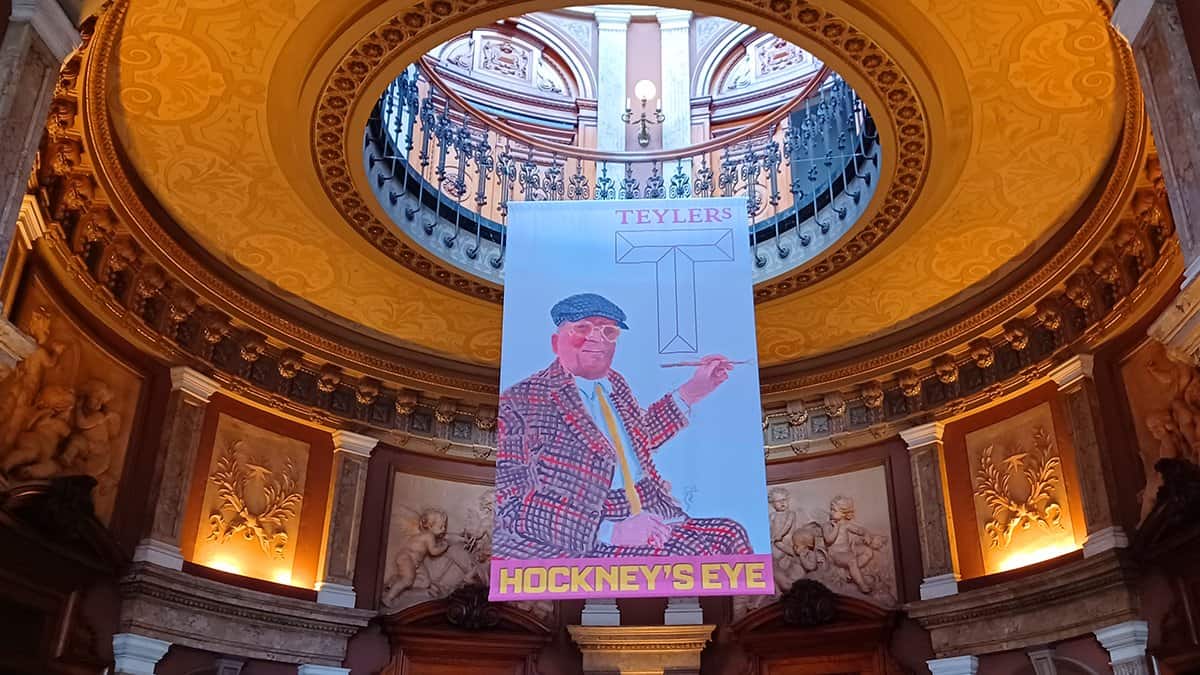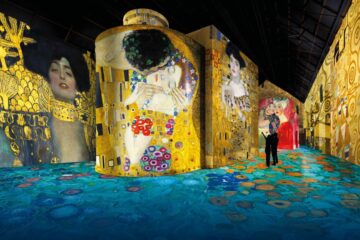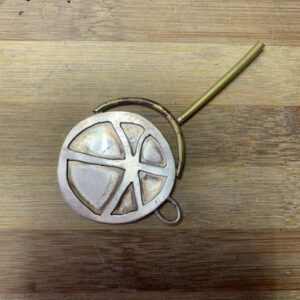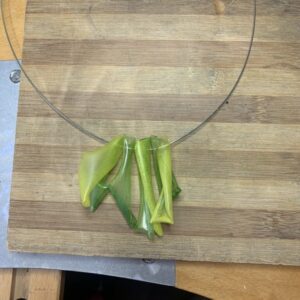The British describe David Hockney as “our greatest living artist”. Hockney, at 86, is still working to defend and advance that title, even today. Always one of the first followers of contemporary technologies, Hockney is an artist who always keeps his art up-to-date by using the poloraid camera when the poloraid camera comes out, the fax when it comes out, and the tablets and smartphones when they come out.
Beyond that, what’s really respectable is that, as a contemporary artist, he doesn’t sneeze at classical artists and works on understanding the techniques of the old masters in the making of his own art, and in many cases takes those techniques forward.
The Teylers Museum in Haarlem also explores this aspect of the artist in an exhibition called “Hockney’s Eye”, combining it with the museum’s permanent exhibition that sheds light on the art and science of the 18th century.
Throughout his career, Hockney has studied how ancient artists translated spatial reality onto a flat surface. According to Hockney, they did this, not only on the basis of direct observation (‘eyeball’ is Hockney’s term) or using linear perspective, but also making use of optical devices such as lenses and mirrors. In the exhibition, Hockney’s works are displayed alongside the work of old masters such as Claude Lorrain and Pieter Saenredam, with optical instruments they may have used in accordance to Hockney’s view. Thus, we look at the art and science of the 18th century once again through Hockney’s eyes.
In the section of the museum devoted directly to Hockney, you discover how Hockney continues to find new and dynamic ways of describing the visual world in his drawings, paintings, photographic and digital artworks by reversing perspective or using unconventional aids such as the camera lucida.
Hockney, while making us re-think about perspective by removing the canvas from being two-dimensional in some of his works, sometimes does the opposite, reversing the perspective in the painting while preserving the canvas as it is, revealing a vitality that moves from two dimensions to three dimensions. He makes one of his first experiments in this sense in Fra Angelico’s San Marco fresco, which is a masterpiece of one-point perspective, and presents it by examining how the painting can look from the reverse perspective. With Hockney’s difference in interpretation, you will also notice how the result draws people in.
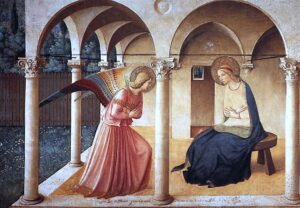
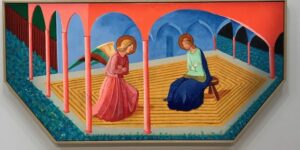
One of the most impressive examples of Hockney’s embroidering of each of his works is the perfect depiction of mirror reflections from every angle in his work titled “Viewers Looking at a Ready-made with Skull and Mirrors”. You no longer have a two-dimensional picture, but a completely three-dimensional world. There is no doubt that it will not be possible to achieve this perfection in reflection details, without first creating and photographing this environment exactly it is and then painting it from the photograph.
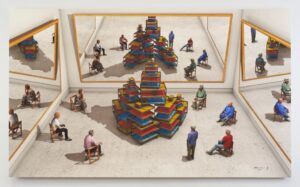
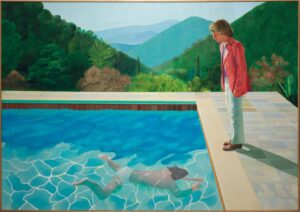
While the world is dealing with sensational populism’s makings, in 2018, David Hockney’s painting “Portrait of an Artist (Pool with Two Figures)” was registered as the highest paid work paid to a living artist in the history. We think this is a reward worthy of David Hockney’s genius, don’t you think?
